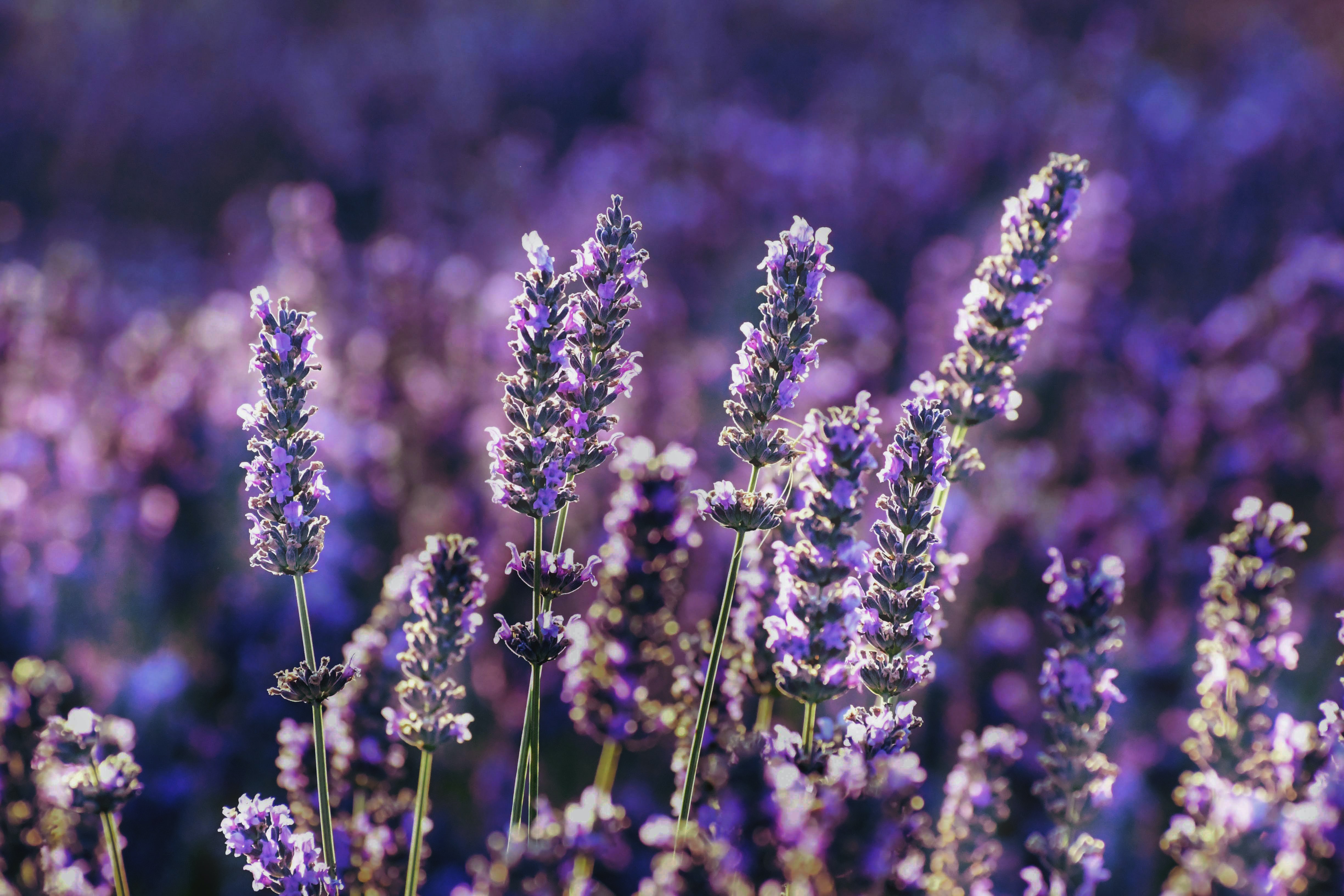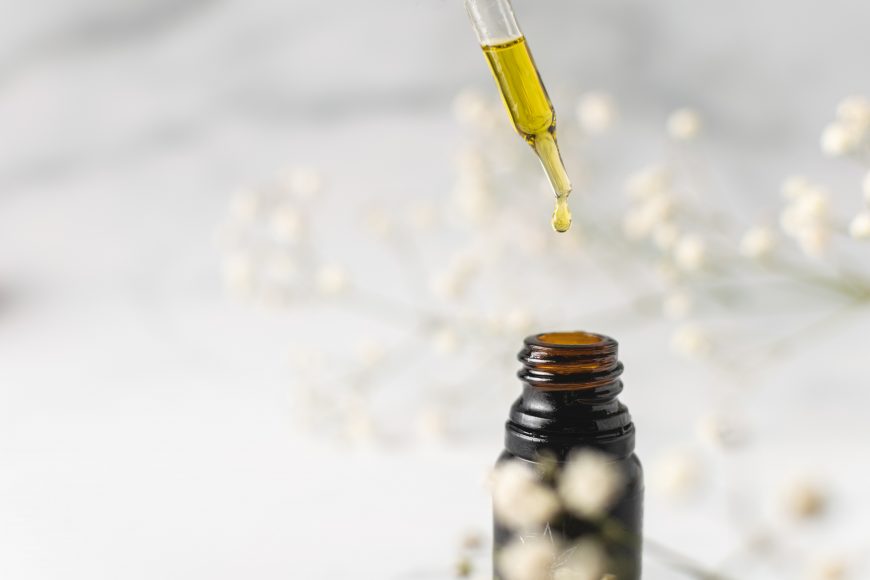Blending essential oils for aromatic and therapeutic purposes.
There are two approaches on how to blend essential oils. When you decide to blend few essential oils stricktly because of the scent, this would mean you did it for aromatic purposes. A blend that you make i.e. because you want to diffuse a stimulating and refreshing aroma in your living room will still have therapeutic effect on you.
Another way you can blend essential oils, and the one I always chose for my clients, my family and myself is for its therapeutic purposes.
It is important for both approaches to make sure you find essential oil combinations that go together or attract so they smell nice once they’re blended together. But that’s just a personal preference.
Blending Essential Oils: Top, Middle, and Base Notes
When creating essential oil blends you want your final blend to feel very balanced and harmonized.
You can create balance by knowing which oils can be combined together and by paying attention to the notes each of the essential oils have.
Essential oil notes are referred to as top , middle, and base notes. The “note” of an essential oil is determined by how quickly the scent of the essential oil fades after being exposed to oxygen.

Top notes
They tend to be light, fresh and uplifting in nature. Top notes are generally highly volatile, fast acting, give the first impression of the blend. Typical top notes are citrus essential oils such as Lemon, Lime, Sweet orange, Mandarin, Petitgrain, Grapefruit, Lemongrass.

Middle notes
They give body to the blend and have a balancing effect. The smells of middle notes are not always immediately evident and may take a couple of minutes to come into their own right and are normally warm and soft fragrances. Middle notes are mosty found in essentials oils distilled from leaves and herbs. The following essential oils among others, are considered middle notes: Geranium, Chamomile, Fennel, Juniper, Lavender, Marjoram, Pine, Ginger, Cardamom, Rosemary.

Base notes
They have profound influence on the blend as a whole. These fragrances are normally intense and heady. They are normally rich and relaxing in nature. They have a sedative and calming effect.This includes essentials oils such as Vetiver, Sandalwood, Benzoin, Myrrh, Patchouli, Frankincense, Clary sage, Myrrh, Cedarwood.
Lavabre suggests the following ratios:
Top notes: 20-30%
Middle notes : 40-80%
Base notes: 10-20%
It is not exactly what I follow, because when blending essential oils I usually put a little bit more top notes comparing to middle notes. For example for someone having sleep problems due to mental and emotional stress I would create a blend of:
- 5 drops/ 5 parts/ 50% Sweet orange essential oil
- 3 drops/ 3 parts/ 30% Lavender & Chamomile essential oils
- 2 drops/ 2 parts/ 20% Sandalwood essential oil
Blending Essential Oils – Individual Approach
It is important to take into account everything that is relevant physically, emotionally and spiritually at that moment and to create a unique blend for the individual that addresses the needs of client’s body, mind and spirit. Depending on an individual’s needs, essential oils can be used to soothe, uplift, energise, relax or stimulate.
Follow this advice also when you are blending essential oils for yourself. Take time to understand your needs and choose essential oils that will bring you joy and happiness.
Lavabre says:
“when creating a blend, first look at the purpose of the blend. A blend to fight an infection will be very different from one to soothe emotional wounds or to relief stress” (Lavabre 1997)
The blending aspect of aromatherapy comes from knowing the subtle differences in essential oils that are attributable to thousands of aroma chemicals, and how these chemical constituents affect the human body. Each of us carries a different story. There are subtle differences in human beings that are attributed to thousands of memories and emotions, and how these affect human behaviour, state of their body and mind.
Always ask yourself these questions:
- Who is this essential oil blend for?
- What effect do I want it to have?
- When will it be used?
- Where will it be used?
- Why is this blend needed?
- How will it be applied?
Blending Essential Oils & Synergy

Synergy – the combined power of two or more agents or substances so that their combined effect is greater than the sum of their individual effects.
The aim of a blend is to produce a synergy – a harmonious combination of oils which has properties to suit the physical and psychological symptoms identified and which has a pleasant aroma. It is important to not only focus on the presenting symptoms, but to consider all the possible psychological factors causing imbalance in general health of a client. (Battaglia 2003).
When choosing compatible oils for formulating a synergistic blend, scent family, evaporation rate, and healing properties are taken into consideration.
“Synergy blends are crafted carefully to serve a specific purpose. Whether it is to calm anxiety, promote focus and productivity, target a skin condition such as acne or dark spots, or to relieve pain, the essential oils chosen for any given synergy blend are integral to one another and to the intended purpose.”
References
Battaglia, S. (2003) The complete guide to aromatherapy 2nd ed. The International Centre of Holistic Aromatherapy, Australia
Lavabre, M. (1997) Aromatherapy workbook, Healing Art Press, USA
Marguerite, M. (1964) Marguerite Maury’s guide to aromatherapy: The secret of life and youth The C.W. Daniel Company Limited, Great Britain. Cited in: Battaglia, S. (2003) The complete guide to aromatherapy2nd ed. The International Centre of Holistic Aromatherapy, Australia
Marguerite, M. (1964) Marguerite Maury’s guide to aromatherapy: The secret of life and youth. First published in French as Le Capital Jeunesse in 1961. English version published by The C.W. Daniel Company Limited, Great Britain.

